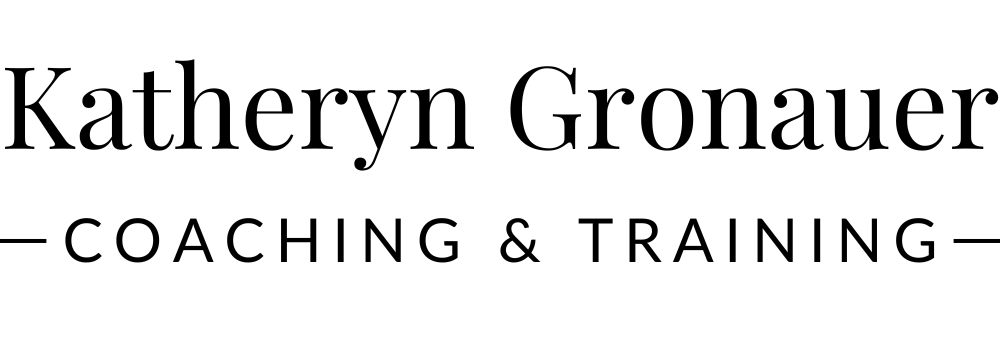Case Study: Rachel needs to be more disciplined with her diet
Rachel knows she needs to improve her diet but having an indulgent meal with fried food, beer, or sweets brings her joy.
She feels she needs to be more disciplined with her diet in the way she is with exercise as she currently walks at least 10,000 steps a day or attends a high-intensity workout.
Between working, taking care of her two children, and sticking to her exercise plan, it's hard for her to find the motivation to follow through with her eating habits.
Rachel wants to follow through with her diet goals and stop feeling guilty. What should she do?
Here’s what Rachel decided (and how, through coaching)
Rachel decided that she needs to do less exercise.
Wait…how did she decide that!?
Coaching Goal #1: Realizing the Impact
One great coaching question is asking what kind of impact an action would have on a person’s life. In Rachel’s case, what impact would avoiding foods that “bring her joy” have?
She realized that on one hand it would help her feel like she is in control of her health and being good, but on the other the idea of avoiding those items doesn’t sound exciting.
This is important insight because it means that Rachel isn’t finding it easy to be 100% committed to what she believes is her goal (to avoid certain foods).
Coaching Goal #2: Finding the Root Cause
There are several things that Rachel mentioned that are important. She is committed to doing a substantial amount of exercise (personally, walking 10,000 steps a day takes about 90-100 minutes of time! Plus, she does high intensity training). We also know that she has a lot on her plate with taking care of two children and working full time. Rachel is doing a LOT!
The reality is that Rachel is tired. And she feels she deserves a reward for all of her hard efforts. These are the root causes to her cravings and her reasonings for eating these foods she’s trying to curb.
Here’s the thing: we have cravings for a reason. The more tired and disciplined Rachel is, the more likely she is to want to treat herself to something (whether it’s food or not).
Coaching Goal #3: Identifying alternative forms of self-care
One great way to reduce cravings for foods you’re looking to curb is to reduce what’s causing the cravings.
Rachel realized that some other things that would make her feel a sense of joy (beyond food) are some alone time to herself, maybe opting for a gentle yoga class instead of a high-intensity training class, and to do more fun activities with her children (instead of just parenting duties).
Coaching Goal #4: Creating a new schedule based on new things she wants to try
Instead of focusing on disciplining herself with food, Rachel decided that she’s going to take a more gentle approach to her exercise and schedule at least one activity a week to have fun with her children.
Believe it or not, her cravings started reducing over time. She was finding other ways to “feed” herself joy by being less hard on herself.
What about you?
If you were to re-read this dilemma again with coaching questions in mind, would you still take the same path you originally thought?
It’s interesting to see what people decide, isn’t it? Every person is different, so even the same coaching sequence can lead to a different result - as long as the participant feels they are moving forward in alignment with their needs, it’s a win!


